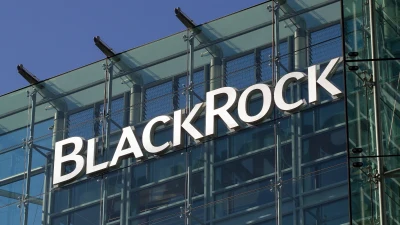Return of REITs in 2010: ING Clarion



ING Clarion is optimistic about the state of real estate investment trusts (REITs) in 2010, predicting solid growth and a total return from global REITs of between 5 per cent and 15 per cent.
Improved capital markets and economic conditions would support the rising REIT market after bottoming out in mid 2009, according to ING Clarion director and portfolio manager Chris Reich.
“Capital raisings in 2009 were largely about balance sheet repair, but a number of companies raised in excess of what was needed to position them for future growth. We believe acquisition opportunities for sensibly geared companies will emerge in 2010,” Reich said.
“In the last nine months credit markets have improved more quickly than we expected, so there hasn’t been the level of distressed selling that we had anticipated. However, private owners of real estate continue to have fewer avenues to source capital as compared to REITs, and this could lead to some interesting acquisition opportunities for the REITs,” he added.
For companies that adopted a conservative payout policy during the financial crisis, dividend growth could exceed earnings growth in 2010 as these policies are normalised, according to ING Clarion.
“REITs’ earnings growth should benefit from the economic recovery and REIT management teams could drive earnings further in the coming years as they take advantage of accretive acquisition opportunities,” Reich said.
Recommended for you
BlackRock Australia plans to launch a Bitcoin ETF later this month, wrapping the firm’s US-listed version which is US$85 billion in size.
Financial advisers have expressed concern about the impact including private market exposure is having on their tracking error budget, according to MSCI.
State Street will restrict its membership of global climate alliance Net Zero Asset Managers after the organisation dropped its flagship 2050 goals amid ESG backlash from the US.
Betashares has launched a global shares and a global infrastructure ETF as part of the firm’s strategic expansion strategy to support financial advisers in building more diversified portfolios.











